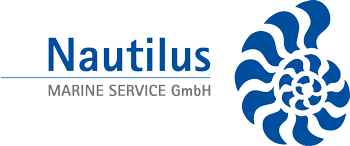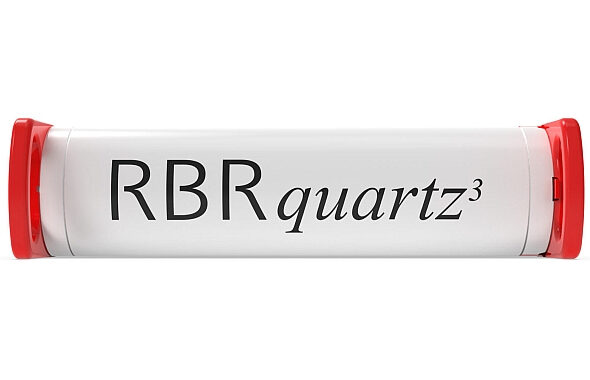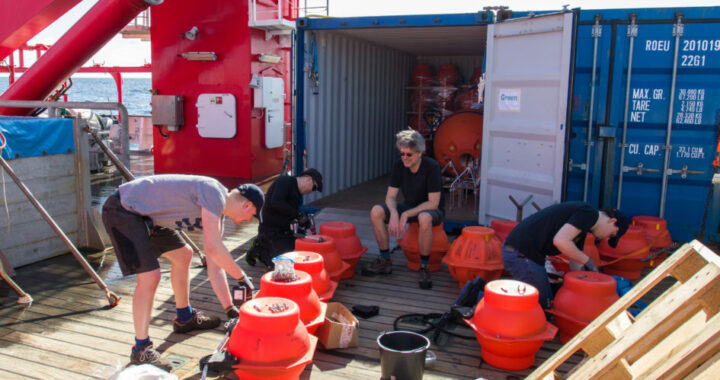RBR Ltd. is pleased to announce the commercial release of the new RBRquartz3 Q|plus pressure logger to meet the demands for high-accuracy, long-term measurements of sea level, tidal, and wave dynamics by coastal oceanographers worldwide. At the heart of the RBRquartz3 Q|plus is an integrated Paroscientific Digiquartz® pressure sensor for best-in-class initial accuracy, resolution, and low-drift performance.
Intended for long-term autonomous or realtime observations, the RBRquartz3 Q|plus has high stability and can resolve water level changes as small as 100ppb at 16Hz sampling rate (for example, at 50m depth that would be a resolution of ±0.005mm). The RBRquartz3 Q|plus also comes standard with a ±0.002°C high-accuracy temperature sensor and may be configured with an optional 3-axis tilt sensor. In combination with RBR’s Ruskin software, the end-user has the availability of flexible measurement schedules, burst sampling, and configurable integration times to allow for a broad range of applications in coastal dynamics.
Greg Johnson, President of RBR, commented, “The RBRquartz3 Q|plus addresses the demands of scientists and engineers who require long-term quartz pressure sensor measurements in a package where ease-of-use is prioritised. We are happy to bring this instrument to the market and fill the gap that is present.”
Join the RBR team on Tuesday, April 20, 2021, at 12H00 EDT (16H00 UTC) or at 21H00 EDT (01H00 UTC + 1 DAY) for the official webinar product launch. We hope to see you on Zoom!


